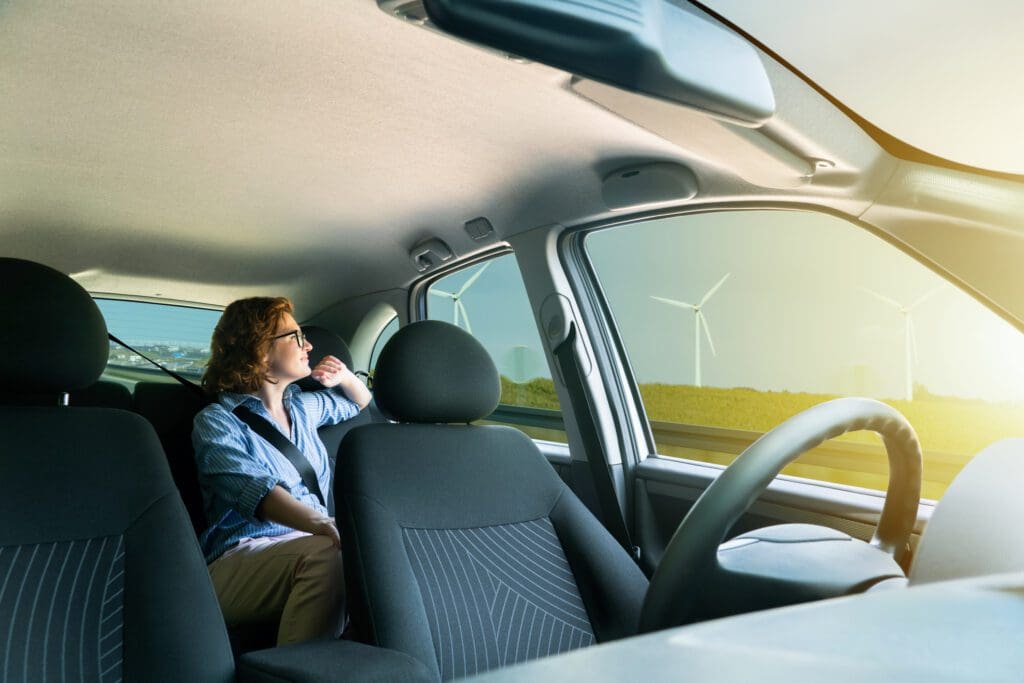 As a child, shows like The Jetsons and movies like Back to the Future II sparked my imagination about what the future might hold. Live video calls, virtual reality, and machines powered by artificial intelligence once seemed like science fiction. Yet today, they’ve become remarkably common. Now, another dream is becoming reality: the self-driving car.
As a child, shows like The Jetsons and movies like Back to the Future II sparked my imagination about what the future might hold. Live video calls, virtual reality, and machines powered by artificial intelligence once seemed like science fiction. Yet today, they’ve become remarkably common. Now, another dream is becoming reality: the self-driving car.
Autonomous vehicles (AVs) are poised to reshape the global economy in profound ways. From transforming labor markets to redefining urban infrastructure, the ramifications of this technology extend far beyond the automotive industry.
In fact, the momentum is already building. Just this past week, the U.S. Department of Transportation announced it would be loosening certain regulations to help domestic automakers accelerate the development, testing, and deployment of self-driving vehicles.
In a statement, Transportation Secretary Sean Duffy said, “We’re in a race with China to out-innovate, and the stakes couldn’t be higher. Our new framework will slash red tape and move us closer to a single national standard that spurs innovation and prioritizes safety.”
I can understand why many of you may be hesitant to trust a computer to get you where you need to go, but I’m not. In cities like Los Angeles, Phoenix, and Las Vegas, fully autonomous vehicles already provide taxi services to thousands of riders safely each day. In fact, many experts say removing the human element from driving could significantly reduce accidents and ultimately make our roads less dangerous.
According to Waymo, the industry’s largest robotaxi company, their AVs have an 83% lower crash rate than human drivers. A study published in the peer-reviewed journal Transportation Research Procedia also found that most AV-related crashes are rear-end collisions, typically caused by human drivers stopping abruptly in front of them.
In 2022 alone, motor vehicle crashes cost the U.S. economy over $340 billion, according to the National Highway Traffic Safety Administration. Fewer human-caused crashes could mean massive savings in healthcare costs, insurance payouts, and property damage.
The potential benefits of AVs go well beyond safety, however. Transportation costs, the hidden expense built into almost everything we buy could also decrease as AVs improve logistical efficiency and eliminate the expense of paying drivers. At the same time, employee productivity is likely to go up as time once lost to daily commutes is converted into additional worktime in the car.
With all of that said, technology this disruptive won’t come without consequences. Many high-paying jobs in the transportation sector are at risk. According to the American Trucking Association, roughly 3.6 million Americans work as professional truck drivers. Another million are employed in the manufacturing of motor vehicles and parts, based on data from the Bureau of Labor Statistics. If autonomous technology reduces demand for human drivers, it could trigger a major employment shift here in the US.
And that’s just the beginning. A world of shared, autonomous vehicles would reduce the need for personal car ownership. Fewer cars would mean fewer parking garages, fewer driveways, and fewer gas stations. The ripple effect would touch industries ranging from real estate, to retail, to city planning.
Yes, the pace of change can feel overwhelming. But once a technology is invented, it can’t be uninvented, only shaped to serve us better. Personally, the thought of a future where I never have to own or operate a car again fills me with hope: hope for safer roads, less crowded cities, and new opportunities we’ve only begun to imagine.
(Past performance is no guarantee of future results. The advice is general in nature and not intended for specific situations)
